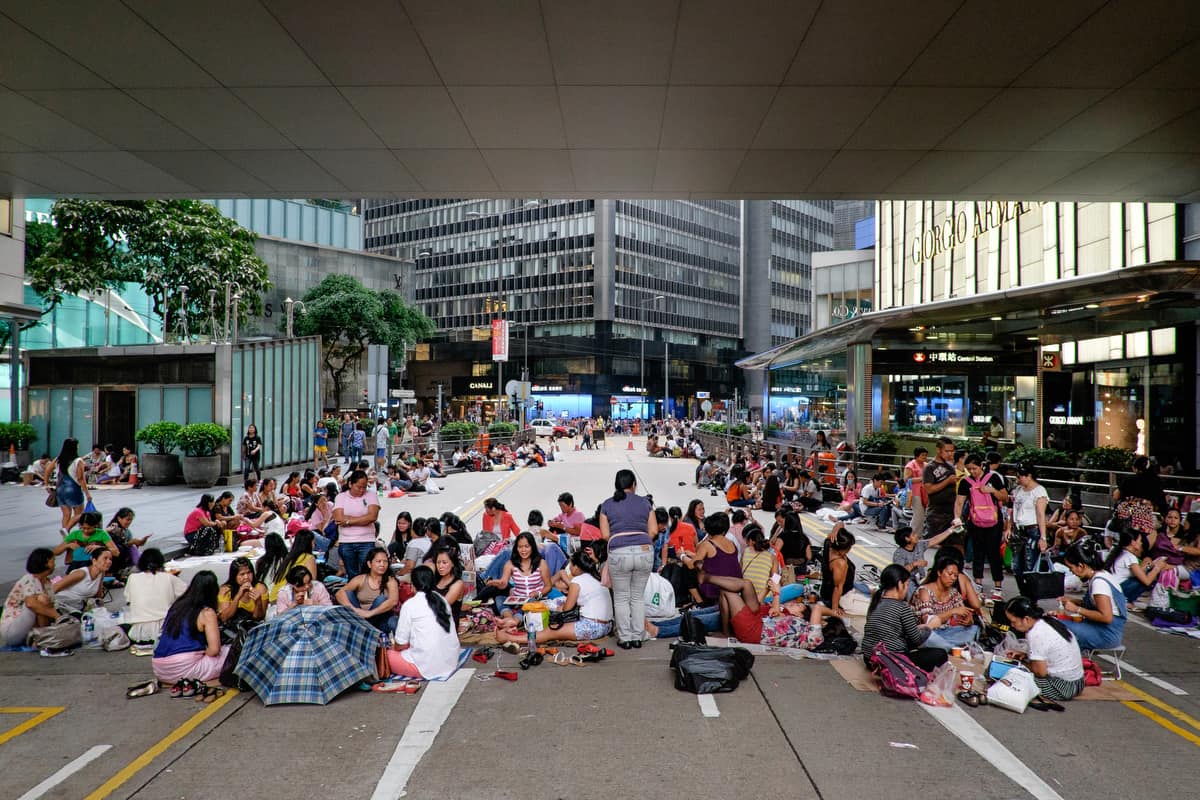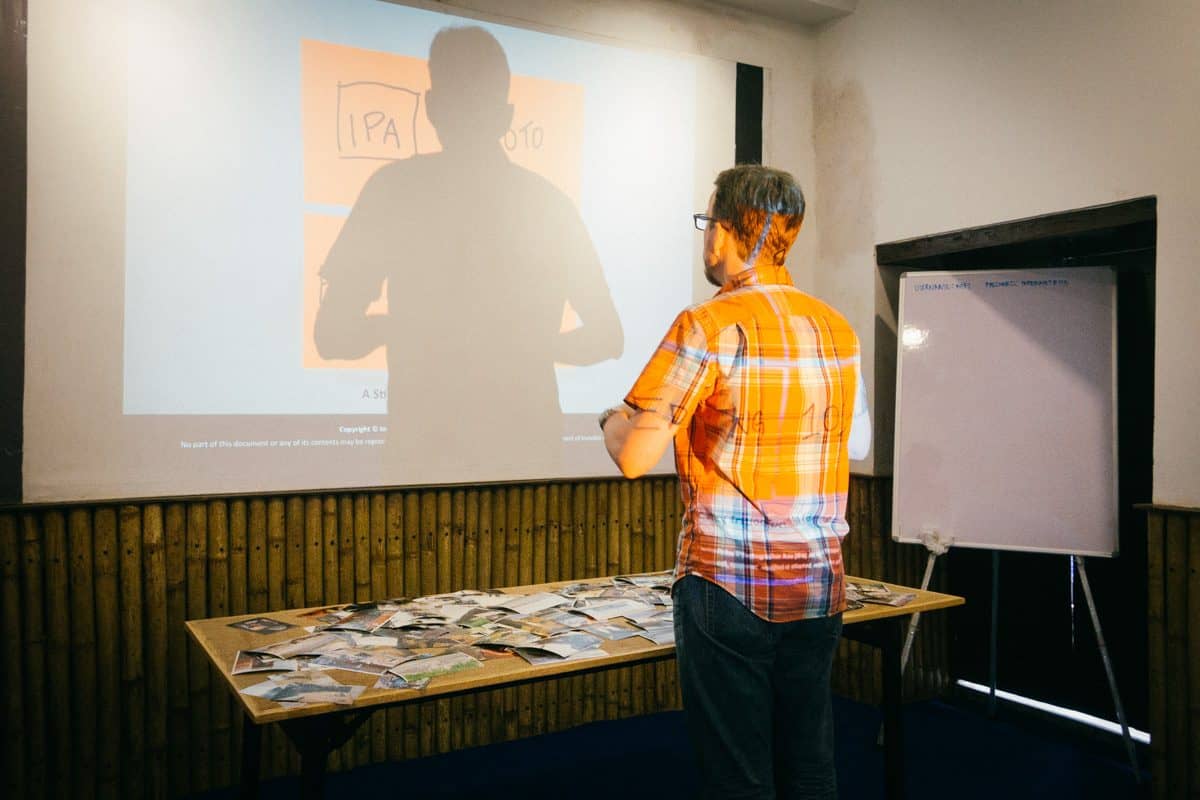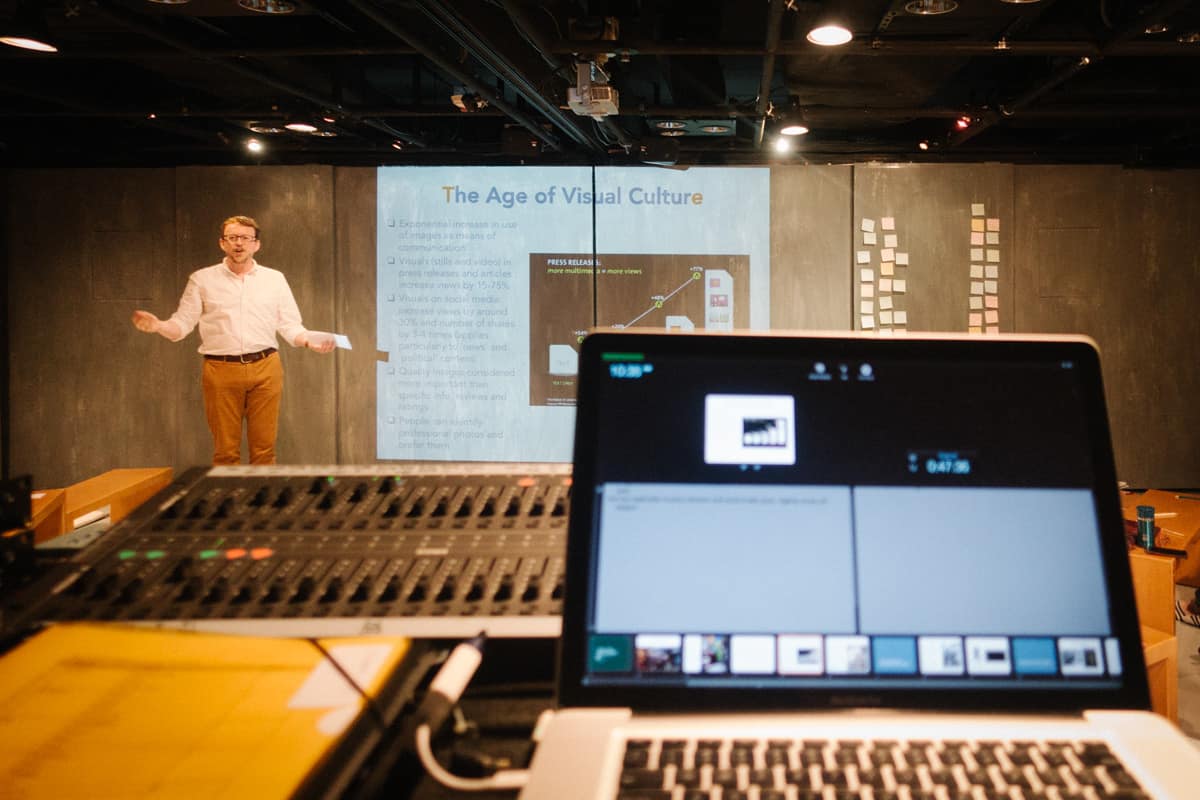Robert Godden, Director of Campaigns and Communications at Rights Exposure, is a judge in our Invisible Photographer Asia Awards 2018. With over 14 years of experience as a human rights campaigner, Robert Godden is no stranger to tackling advocacy projects that addresses migration policies, practices, and contemporary forms of slavery. Honing his craft through a myriad of mediums and platforms, Godden highlights the overlapping roles of a photographer and an activist, and the delicate balance between ego and agency.
How and when did you get involved with the work you do today?
I’ve been interested in photography since I was about 7 or 8 years old. I started out using my parents’ Kodak Pocket Instamatic on family holidays before graduating to a Holga when I was 9 years old. However, photography remained purely a hobby until relatively recently. Travel and university eventually lead to me to work at Amnesty International in 1999. It was there that photography and human rights came together for me, and I began to explore how images could play a positive role in social justice campaigns. Part of the reason I set up Rights Exposure was to deepen that exploration. It has allowed me to make photos and produce documentary shorts. It has also provided me the space to think more about the ethics of the image—the power relations between those who make and publish them, those who are pictured in them, and those who view them. This is very important for me because the work I do is about respecting people’s rights. As such, how an image is made and how it represents people who have had their rights abused should be respectful and supportive, not an extractive and exploitative exercise. My article “Through a Glass Darkly” is part of that thinking, with an eye on practical solutions.

Strangers at Home by Robert Godden and Mei Chi So / 外傭—住在家中的陌生人, #21. Migrant domestic workers sit on Chater Road in Hong Kong during their one statutory weekly day off. Due to the compulsory ‘live-in’ requirement migrant domestic workers do not have a home of their own to spend their rest day. As a result most end up sitting on the street or in parks. Collaborating with independent journalist Mei Chi So and sponsored by Amnesty International Hong Kong, Strangers at Home / 外傭—住在家中的陌生人explores the lives and issues faced by migrant domestic workers employed in Hong Kong and the migration impact on their families back home. This book is the winner of the RTHK Hong Kong Book Prize 2016, Publishing Concept Prize at the 27th Hong Kong Publishing Awards 2015, and the Hong Kong Biennial Publishing Awards 2017.
What are your thoughts on and experiences with photography in Asia?
Although my focus on Asia began in 1996, it wasn’t until I moved to Nepal in 2009 and then Hong Kong in 2011 (where I currently live) that I began to work closely with photographers from the region and explore more of their work.
I find it hard to say anything especially meaningful about photography in Asia as a whole because it is such a vast, diverse, and complex place. Certainly, in recent years I’ve been impressed by how many young photographers in the region are developing strong bodies of work and quickly being recognised internationally. As more photographers from the region have their work published I think we will all benefit from seeing how they view and picture the issues and places that are close to them. Having a diversity of people picturing the world, with different backgrounds and lived realities, will not only improve photography but also our understanding of the world.
What in your perspective are the qualities of a good body of work?
As a human rights advocate I start from a position that a photograph is a tool that can be used to help achieve social justice. That can be making people aware of a problem or mobilising them to take action. As such, one of the key qualities I look for is evidence that the person who made the images has given some thought to how they will be used, not just in their storytelling but also in planning a strategy for their usage. For many photographers, they see their role ending with the production of the images. Many are more concerned about the prestige of the publication they get the images into rather than whether the publication can reach the right audience to have impact. For me, once the images are created that is where the most important work begins. I strongly believe there is an underutilised space where the roles of the photographer and activist overlap, and their different skill sets can complement and add to the impact of the work.
Another quality I look for is whether the subjects’/collaborators’ story has been told, as opposed to the photographs being mainly about the photographer. I want to see that those who are pictured had a real voice, rather than used as props in a visual spectacle. I want to see people portrayed with dignity and agency—and I believe that can be done even in some of the gravest situations.
I also think that strong work comes from knowing the issue you are picturing in depth. This also links with access, which in part also comes from contacts and trust. There is a convergence here of background work that is rarely seen but is in my view vital.
Has there been recent work in Asia that caught your attention?
What has interested me recently is the emergence of talented women photographers in the region covering issues that align with the work I do on trafficking. There are three photographers whose work stands out— Yu Yu Myint Than (Myanmar), Hannah Reyes Morales (Philippines), and Smita Sharma (India). All of them are still learning their craft and covering issues close to home. They all photograph with compassion. The people in their photos, who may have experienced terrible hardship, are portrayed with dignity whilst at the same time not diminishing the pain they have experienced. I’m really interested to see how their careers and work develop.
What advice do you have for photographers and artists?
Know your issue. If you are photographing something on human rights, destruction of the environment or economic injustice then make sure you do your homework. Talk to those who are experts on the issue. Talk to a diverse range of people to get a balanced overview. Talk to those people who are impacted by the issue. Find out what they want. I believe that the best bodies of work come from a deep understanding of what you are photographing and trust from those you photograph.
On the issue of trust, when doing this type of work, manage expectations. Don’t promise the earth in order to get access. The fact your story might appear in an international publication may do little to directly benefit them or others affected by the issue. Many of the campaigns I’ve worked on have taken years to have real, lasting impact, so think realistically what a set of photos can do. Don’t overburden yourself or the images. They are usually part of a range of interventions that will be needed in order for change to happen.
You will spend a great deal of time and energy making your photos so make sure their impact is maximised. Think about how they can best be used? Which publication will reach the right audiences? Which organisations are working on these issues? This can help you in multiple ways, including getting expert advice on what the situation is, access to the right people, and get your images out to people who can do something to bring about change. It may also help with funding. Make these approaches early on. The more your work can be integrated with those advocating for change the more impact you are likely to have.
Call for submissions open in March and will be free to enter. More details on https://invisiblephotographer.asia/awards.
~o~o~o~o~
Interview by Siong Chung Hua
…………..
Share


